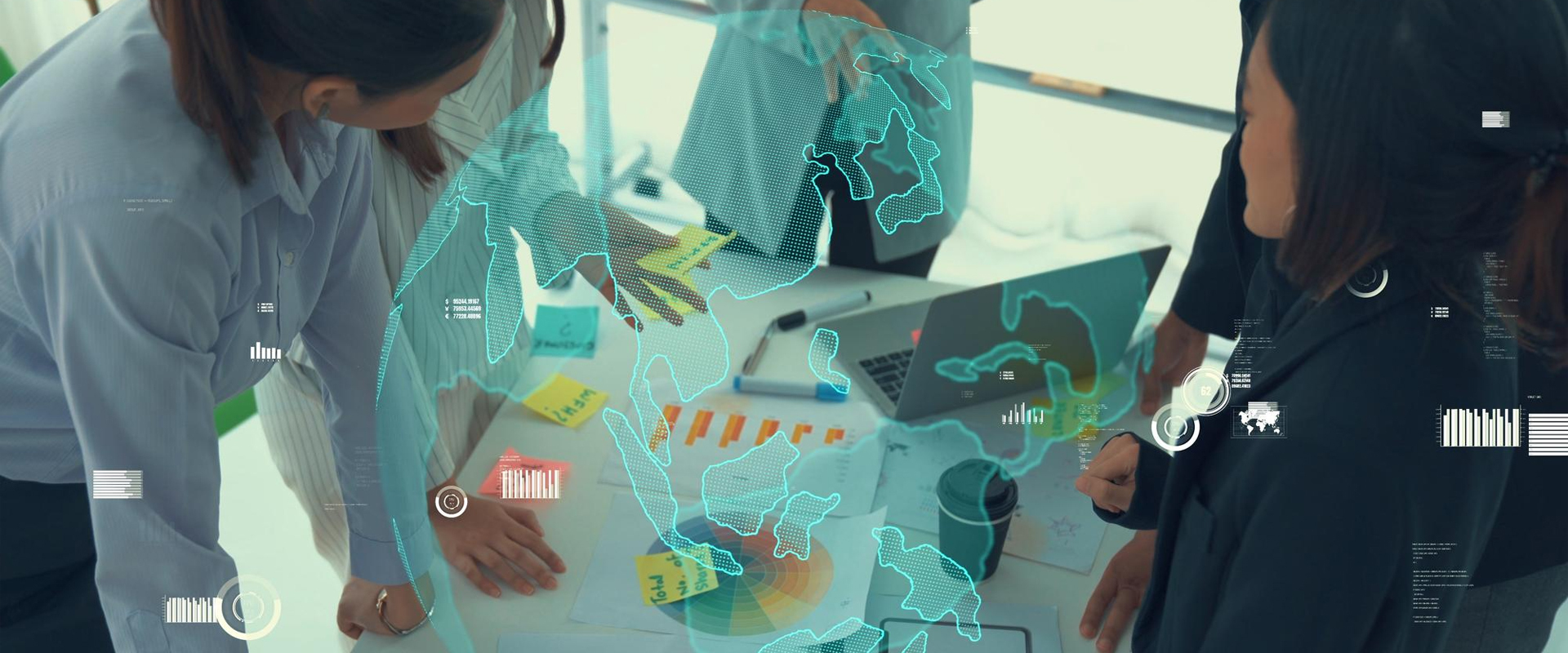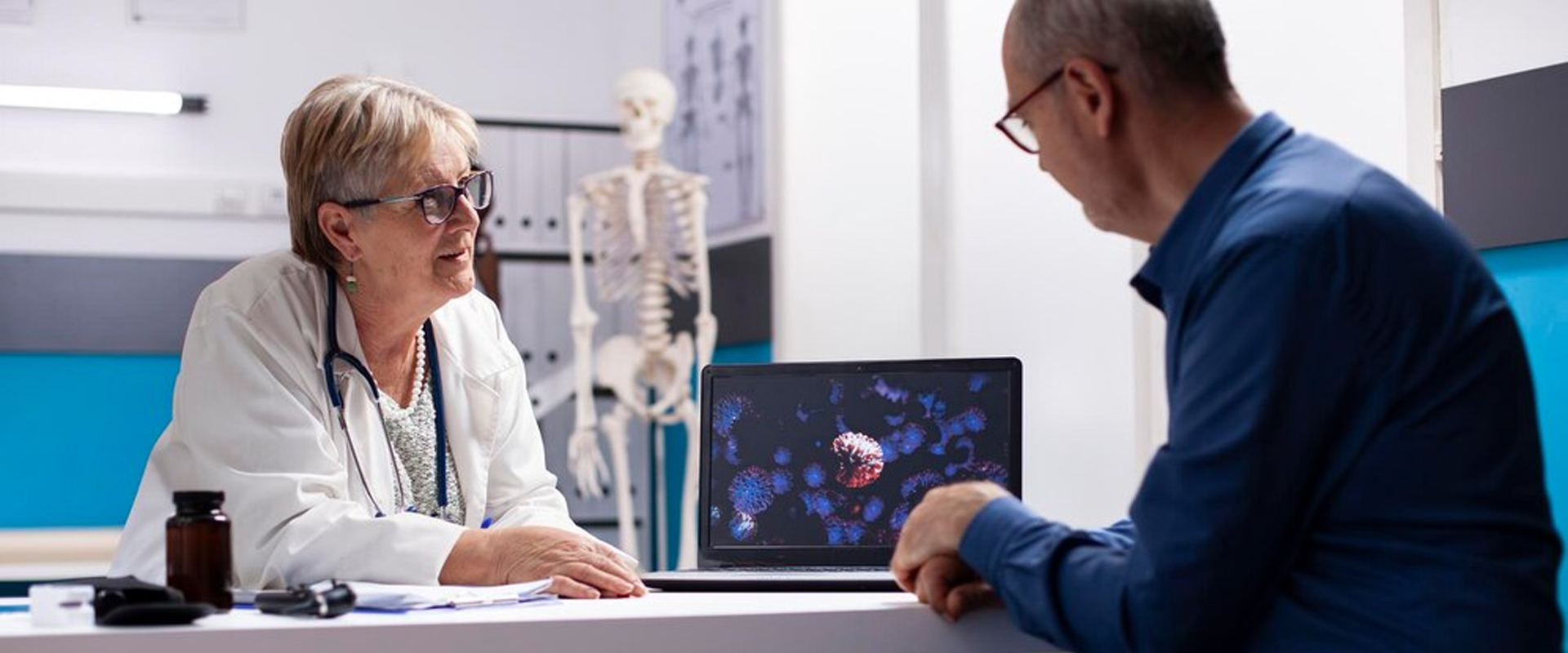

Evolving Role of Decentralized Clinical Trials in Modern Healthcare
Last Updated on April 8, 2024
With the rise of Decentralized Clinical Trials (DCTs) in recent years, clinical research has undergone a considerable change. DCTs offer a new way to do trials remotely by using digital technologies. This changes the way standard clinical trials are done. This article examines the idea of DCTs, including their history, key traits, benefits, drawbacks, and potential applications. We will talk about the significant people shaping the future of decentralized clinical trials and detail the use cases and clinical uses of DCTs.
What are Decentralized Clinical Trials?
In a decentralized clinical trial, the team conducting the study and the trial patient conduct nearly all of the procedures virtually in person. Decentralized clinical trials are set apart from typical clinical trials by utilizing various virtual or distant contact technologies. Other names for this type of study include virtual, remote, and direct-to-participant.
The term “hybrid” is more suitable for these studies because it cannot eliminate the necessity for in-person contact between study personnel and study participants.
Adoption and Evolution of Decentralized Clinical Trials (DCTs)
Despite appearing relatively new, Decentralized Clinical Trials have been around since the early 2000s. Major pharmaceutical corporations have embraced DCTs during the past ten years; a survey conducted before the pandemic revealed that a sizable section of the industry expected a shift toward virtual trials. The emergence of COVID-19 served as a trigger, pushing Decentralized Clinical Trials to the forefront of clinical investigation. A survey in the first year after the pandemic revealed a high adoption rate, highlighting the emergency proof of concept DCTs offered.
Resources and Services Utilize in Decentralized Clinical Trials
Deploying digital tools simultaneously or utilizing the same ones in different trials is unnecessary. Study teams can choose which makes the most sense to use in their clinical trials when working on a DCT. Because digital tools are compatible with smartphones, tablets, and other devices of your choosing, they provide total flexibility and familiarity. The most typical ones are these:
Telemedicine:
Clinical research personnel can interact with trial participants remotely using telemedicine on smartphones, tablets, PCs, and other devices.
Virtual interactions between patients and doctors enhance patients’ engagement and adherence to the study schedule and dosage. Physicians can quickly monitor symptoms and health data, and patients can consult with their doctors without ever leaving their homes, thanks to interactive chat capabilities and video-based telemedicine service. Both patients and doctors can now feel more at ease as a result.
E-Consent:
Trial participants can provide their consent online or at a distance using eConsent, an electronic version of the written consent procedure. In less time than with traditional methods, patients can learn more about the purpose of the study, see how a medication or device is made to work, better understand what is expected of them and any risks involved in participating, and be informed of any safety updates thanks to the use of interactive graphics and video.
Using Remote Screening:
A few clicks on any device can enroll and screen patients using remote screening. You can change the screening tools to fit the needs of your study and get data from almost any source and in any format, like an EKG, a medical image, or blood work.
Management of Home Health:
Digital clinical trial participants are eligible for home delivery of all research materials, including test kits, appropriate devices, and experimental medication. Home-health nursing visits can be scheduled if a trial necessitates blood pressure checks, blood draws, or other data collecting that relies on expert assistance or knowledge.
Home pickup for biological specimens is also an option. Home health nurses might also be called for any drug administration needing help or knowledge.
Data Analysis and Collection:
Wearable tech, apps, and other technologies make receiving data regularly, continuously, time-stamped, and correctly possible. The main advantage is that, unlike traditional data collecting, the study team may obtain actionable information more quickly and make critical decisions thanks to the real-time data recording for clinical interpretation.
Wearables and Mobile Devices:
Wearable technology is becoming more and more recognizable to consumers. Examples of these devices are glucose monitors and fitness trackers. Furthermore, 85% of Americans currently possess a smartphone. Half of them own a tablet, while almost 75% own a PC. More than ever, remote data collecting is now more accessible and convenient because of these connectivity levels. Patients and study teams can record clinical outcome assessments electronically with these standard devices (iOS or Android) and the growing familiarity with wearables. This can be done directly through a wearable sensor or by deploying validated ePRO and eCOA instruments.
Remote Monitoring:
Besides collecting critical endpoint data and clinical outcome reports, connected devices can also gather information on things like sleep and vital signs, showing how well a person lives. Devices that are connected occasionally can send data straight to patient portals.
Barriers Patients Face in Clinical Research
The traditional model of clinical trials can be burdensome for patients, leading to these challenges.
Travel:
Travel is a significant issue, as patients must travel back and forth to the trial site for every visit, which can be time-consuming and difficult for some patients. The median one-way travel distance is over 25 miles, with lower-income patients traveling even further.
Cost:
The compensation of clinical trials, including travel, lodging, child care, and lost wages due to work gaps, can increase participation costs. Patients with chronic diseases and cancer may already struggle with these costs, but traditional clinical trial participation can exacerbate these issues.
Time:
Time is also a significant concern, as patients lose out on personal time, such as attending a trial visit that only requires an hour of on-site participation. Lower-income patients can experience a more significant strain due to lost work time.
Home Obligations:
Home obligations are another challenge, as many patients are the heads of households or primary caregivers, and finding affordable child care can be difficult. The choice may be between their health and family care.
The DCT Model’s Patient Journey
Consent and patient recruitment are the first steps in any clinical trial, and at this phase, patients can use a hybrid approach or traditional involvement. Patients who choose the latter can then establish a timetable that fits their needs (as long as protocols permit). There may be opportunities for visits to happen at the participant’s place of employment.
A nurse will supervise each patient during the trial. Patients now have a reliable face to deal with. It also makes it possible for the patient and the nurse who is helping them to develop a stronger sense of trust.
Patients can bring their samples to a nearby lab or allow a courier to pick them up from their residences when they’re ready for collection. Lastly, protocol verifies, records, and transmits all information to the location.
Benefits of Decentralized Clinical Trials
Easy accessibility:
Decentralized Clinical Trials lessen the strain of travel for patients visiting trial sites by bringing the trial to them.
Easy to Participate:
Patients can now choose whether or not to participate in the trial, which makes it much more straightforward. You’re also broadening the patient population’s inclusivity and diversity by simplifying participation.
Establish Trusting Connections:
It’s always simpler to provide information about medical conditions to someone you know or trust. Patients who work one-on-one with a known nurse frequently feel more comfortable communicating with someone they know.
Better Understanding:
Patients typically feel more educated when they have a knowledgeable nurse about clinical trials and treatment administration procedures. Their nurse can discuss the specifics of their treatment and answer any other urgent queries.
Having Less Stress:
The aforementioned all assist in reducing the load and boosting knowledge and trust. Each action helps to lower patient stress levels overall.
The Future of Decentralized Clinical Trials (DCTs)
With the ability to transform clinical research, DCTs have a bright future. DCTs can reach more individuals, cut costs, and increase research quality, making them a viable alternative to traditional trials. DCTs will keep developing as digital technologies progress, addressing the present drawbacks and difficulties.
Collaborations involving researchers, healthcare providers, regulators, and technology businesses are essential to realizing the full potential of DCTs. This cooperative endeavor will spur innovation, create normative guidelines and procedures, and set up the required framework to facilitate the broad implementation of DCTs.
Integrating big data analytics, machine learning, and artificial intelligence will optimize trial processes and produce quality data as DCTs gain traction.DCTs enable patient-centered, accessible, and practical studies, which could revolutionize clinical research.
To sum up:
Decentralized Clinical studies, which use digital technologies to perform studies remotely, represent a revolutionary approach to clinical research. Benefits of Decentralized Clinical trials include lower costs, increased accessibility, and efficiency. They might completely transform the industry. The future of DCTs seems bright despite current technological, law, and ethical obstacles. Ongoing innovation, cooperation, and regulatory adjustments will facilitate the adoption of DCT. As this paradigm takes off, it will open new avenues for patient-centered research and patient involvement, hasten medical advancements, and eventually enhance healthcare outcomes globally.





